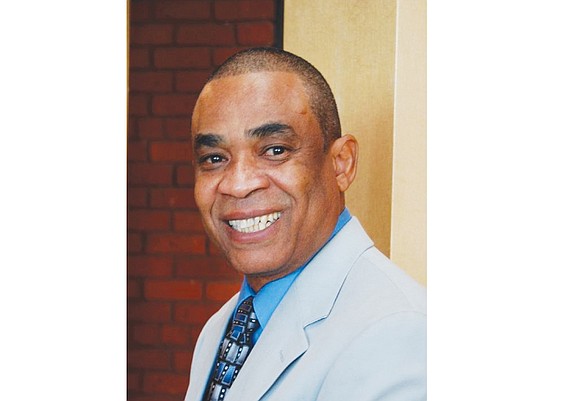Healing or hate?
8/25/2017, 7:25 p.m.
Rev. Sylvester L. Turner
Since 1994, I have been leading Slave Trail Walks (the Trail of Enslaved Africans) in Richmond. I have led those walks with groups from around the world and have witnessed the impact the experience has had on many of them.
In 2004, I was privileged to visit Liverpool, England, to receive the Reconciliation Statue on behalf of the City of Richmond. While there, representatives from the Republic of Benin, Liverpool and I were able to view about two dozen artifacts from the archives at the Slavery Museum there. Among those artifacts were ledgers with detailed information about the trans-Atlantic slave trade, several maps of plantations from Virginia dated 1700 and artifacts that connect the trade from Liverpool to Africa to the United States.
The thing that stuck with me the most was a statement the curator said as we were leaving: “Six or seven of these families still have enormous influence in Liverpool today.” From that day forward, it changed how I lead those walks.
What dawned on me was that the artifacts make a statement of how horrific, detailed and intentional that institution was, but they also were distractions from the real story. That story is why we have the wealth disparity in the world that we struggle with, the academic access that trains one group to run businesses and the other to get jobs, the white over black — or people of color — concept that effectively keeps us divided. It all derives from this demented mentality.
As we wrestle with emotions and decisions to keep or remove the confederate statues, I would hope that emotions are not leading the discussion. It is the mean-spirited nature and greed whose only interest is to maintain power and control over all of us that needs to be addressed. That is our greatest enemy.
John Hope Franklin stated that, “If the house is to be set in order, one cannot begin with the present, but must begin with the past.” A narrative that exposes how these power bases cripple all of us is something that we should look at before removing them.
Exposure to the truth can be healing for both the victims and the victimizers.
A greater concern would be removing the statues and thinking they will solve the problems we are having with relations and healing in our country. Removing them without having real dialogue about where we go from here will not make things better, but can numb us to the workings of those who are founding fathers of this manipulation that we all are subjected to.
Can a narrative change help those who are blind see from a different lens? Can a narrative change be a healing tool for those who are hurting the most from those symbols?
The writer is pastor of Pilgrim Baptist Church in Richmond.







